A history of Melbourne: The best and worst moments
WE can all agree that Melbourne is a pretty remarkable city. But what events have made our city what it is today?
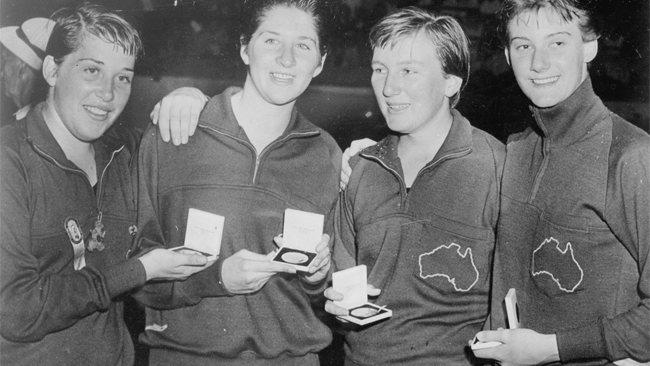
Melbourne
Don't miss out on the headlines from Melbourne . Followed categories will be added to My News.
WE can all agree that Melbourne is a pretty remarkable city.
Heck, we just won the award for the world’s most liveable city for the third time in a row!
But what has made our city so great? There are plenty of important moments that have shaped Melbourne, for better and for worse, which many of us may not even be aware of.
From sporting triumphs to horrific disasters and a few interesting decisions that shape the way you get to work, there are so many moments that have impacted greatly on our city’s history.
We’ve spoken to historians who have shared what they believe are some of the most significant events to take place in Melbourne.
Can you think of another event that is important to Melbourne’s history? Leave your suggestions in the comments below.

2009 - Black Saturday
One of the darkest days in recent memory occurred on February 7, 2009 when 400 bushfires raged in Victoria, killing 173 people, injuring 414 and destroying 2100 homes. Towns northeast of Melbourne including Kinglake and Marysville were among the hardest hit.

2006 - Commonwealth Games
While it may not have been as coveted a prize as the 1956 Olympics, the 2006 Commonwealth Games was an excellent showcase of the exciting multicultural “new” Melbourne of the past few decades. The opening and closing ceremonies were world-class and our athletes won a staggering 222 medals (84 gold, 69 silver, 69 bronze).

1996 - Federation Square
Arguably the most hated buildings in Melbourne – the Gas and Fuel buildings – were demolished, paving the way for the planning of Federation Square. The end result tends to divide the public, but one thing is for certain, Fed Square has become one of the most recognisable structures in the city and serves as a meeting place and gathering point for many events.

1987 December 8 - Queen St massacre
Eight people were killed in the Queen Street massacre in December 1987 when Frank Vitkovic entered the Australia Post offices on Queen Street and started shooting employees.
Shockingly, Frank Vitkovic kept a detailed diary that provided clues as to why he walked into the offices on that fateful day and shot eight people before plummeting to his death from an 11th floor window.
“These mass shootings were a real eye opener to many Melburnians as the sorts of crimes we were used to seeing on television actually happen in our hometown,” Prof O’Hanlon said.
Read Frank Vitkovic’s diary and Keith Moor’s special investigation into the Queen Street massacre.


1987 August 9 - Hoddle St massacre
The city became something to fear in the late 1980s after seven people were killed in the Hoddle Street massacre. Julian Knight, 19, shot randomly at motorists and pedestrians, murdering seven people and injured 19 more in one of the worst killings Australia had seen. “The Hoddle Street shooting seemed to exemplify a kind of random terror that left many people feeling vulnerable,” Emeritus Professor of History at Monash University Graeme Davison said.
Read more: Keith Moor reconstructs the terrible events of the Hoddle St massacre

1986 March 27 - Russell St bombing
March 27, 1986 was a tragic day in Melbourne’s history when a car full of explosives ripped through Russell St, outside police headquarters. “It was an event that shocked the city to its core and could be regarded as the loss of Melbourne’s innocence,” Deputy Head of the Humanities Department at Melbourne Museum Matthew Churchward said.
Incidents like these also proved to be a testing time for Melbourne’s police force. Herald Sun Insight Editor Keith Moor wrote in 1988 that events like the Russell St bombing and police shooting in Walsh Street in South Yarra caused “the police of Melbourne to become frightened and vulnerable people.
“Some of them now take their own shotguns to work for protection.”
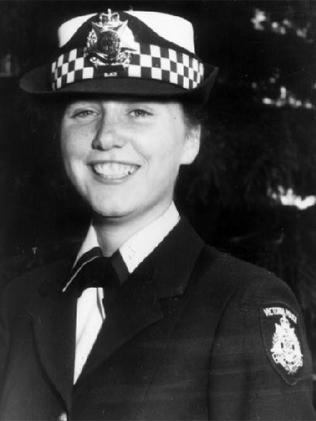

1970 October 15 – West Gate Bridge collapse
Victoria’s worst industrial disaster killed 35 construction workers and engineers, and injured dozens of others. It delayed the completion of the bridge by over six years.
“The West Gate Bridge collapse was a tragic loss of life and cause a loss of confidence in our engineering prowess,” Mr Churchward said.


1966 February 9 – Six o’clock closing ends
The 1960s saw the official end of six o’clock closing after decades of draconian regulation of Melbourne’s hotels. “The end to six o’clock closing, along with liquor licensing deregulation (1987) were both important for ending Melbourne’s ‘wowser’ image and heralding the arrival of a more continental European culture,” Prof O’Hanlon said.
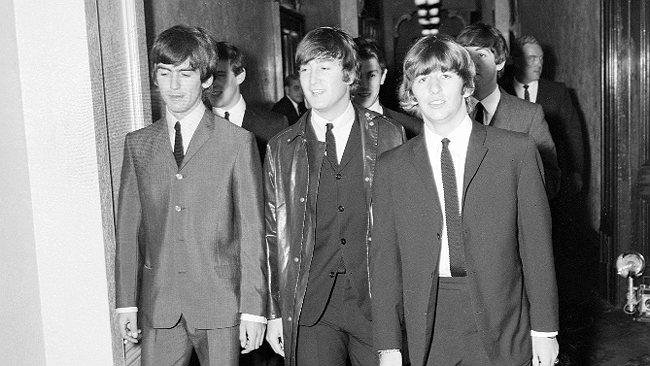
1964 June 15 - The Beatles in Melbourne
The biggest band in the world touched down in Melbourne on June 15, 1964, creating mass hysteria when an estimated 300,000 people turned out on the city’s streets in an effort to catch a glimpse of the famous pop group.


1956 - Melbourne Olympics
There are many reasons for Melbourne’s reputation as the “sporting capital” of Australia. One of the most iconic dates in our rich sporting history is the 1956 Olympic Games. These were the first Olympics held outside the northern hemisphere, marking a high moment in the city's post-war history, and gave Melbourne a chance to really show off on the world stage. It was also one of our most successful Games to date. We won 35 medals and Australia established its dominance in the pool. Betty Cuthbert, 18, also lit up the track, winning three gold medals.
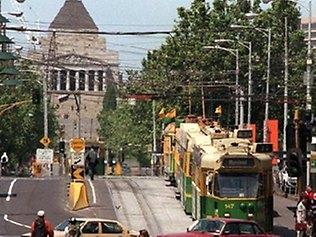
1955 - The decision to keep trams
Melbourne’s tram network been one of our most successful modes of inner-city public transport. “While other cities tore up their tram tracks and replaced trams with buses, Melbourne persisted with this ‘outdated’ public transport technology which has clearly proven a winner,” Prof O’Hanlon said.
With 240 km of track, 633 trams and stops every 300-600m, over 108 million passenger journeys are made annually. Trams are also a heritage feature of Melbourne and are a strong appeal for tourists.
(1945-present) - Post-war mass immigration program
People began to immigrate to Australia after the end of World War II. First from Europe, then the rest of the world, multicultural Melbourne as we know it today experienced one if its biggest leaps forward during this period.

1930, November 15 - Phar Lap wins Melbourne Cup
A great moment of celebration and one of the few uplifting moments of the Great Depression. “While sport is a great dimension of Melbourne's identity, this was one of the great moments that united the city,” Prof Davison said.
1923, October 31 - Outbreak of the Victoria Police strike
The Victoria Police strike action led to one of Melbourne’s worst public law and order crises. Widespread looting and riots led to the swearing in of hundreds of emergency police offers and as a result of the strike, almost a third of the city’s police force were dismissed or discharged.
1916 - Introduction of six o’clock closing
Commonly referred to as the ‘six o’clock swill’, bars around Melbourne began to stop serving alcohol past 6pm. Professor O’Hanlon described the introduction as “another day when the city decided to turn inwards”. Six o’clock closing would remain for 50 years until it was repealed in 1966.

1901, May 9 - Opening of Federal Parliament in Melbourne
Following Australian Federation on January 1 1901, Federal Parliament officially opened its Melbourne doors in May, bringing huge celebrations and a royal visit to the city. Melbourne would remain the seat of Australia’s Federal Parliament until it was relocated to Canberra in 1927.
1893 - Closure of the Commercial Bank
The Victorian Government announced a forced five-day ‘bank holiday’ in an attempt to avert further escalation of Melbourne’s worst banking crisis. “The closure of the Commercial Bank started the bank crash and depression of the 1890s and fall of Marvellous Melbourne,” Prof Davison said. It would take over a decade for Melbourne to recover from the ensuing economic recession, which caused it to lose its lead to Sydney as Australia’s largest capital city.
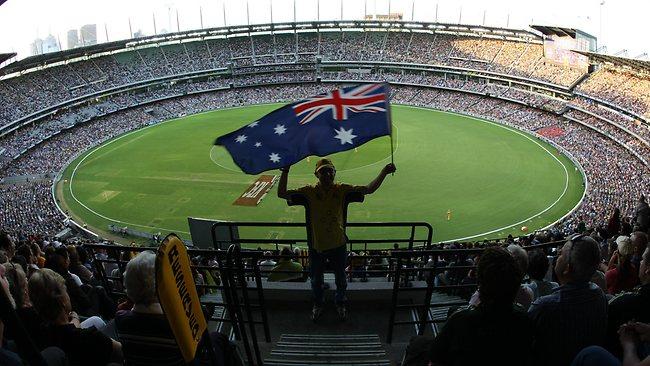
1838, November 15 - Melbourne Cricket Club founded
Australia’s oldest and largest sporting club, the Melbourne Cricket Club (MCC), was founded on November 15, 1838. Since then, the club has been an integral part of Melbourne life and has been a key partner in hosting some of the country’s biggest sporting events at the Melbourne Cricket Ground.
Separation Day 1851 – Colonising of Victoria
A new colony of Victoria separates us from our northern cousins in NSW, bringing with it joyous celebrations in Melbourne as it embarks on a new era.

1851, July 23 – Discovery of gold
When word got out that Victoria’s fields were packed with gold, people came from miles around to try their luck. “It’s hard to pin down when the first true discovery was announced and there were lots of false claims in the local press. It was on this date that Victoria’s Gold Discovery Committee announced the first verified discovery,” Mr Churchward said.
The gold rushes would transform Melbourne, as it gained the title of Australia’s largest capital city for several decades.
“It certainly set up the great Victorian-era boom of the next forty years,” Prof O’Hanlon said.
Can you think of another event that is important to Melbourne’s history? Leave your suggestions in the comments below.
Sources: Senior Curator of Technology and Innovation at Museum Victoria Matthew Churchward, Monash University Associate Professor in History Seamus O’Hanlon, Emeritus Professor of History at Monash University and author of The Rise and Fall of Marvellous Melbourne Graeme Davison and Melbourne Cricket Club’s Shane Brown.


